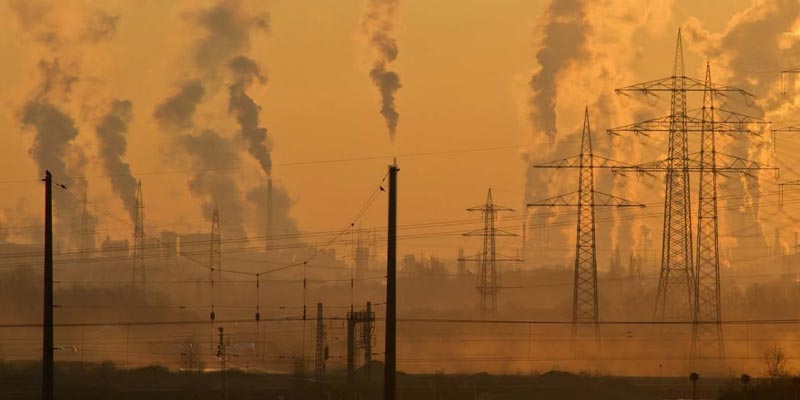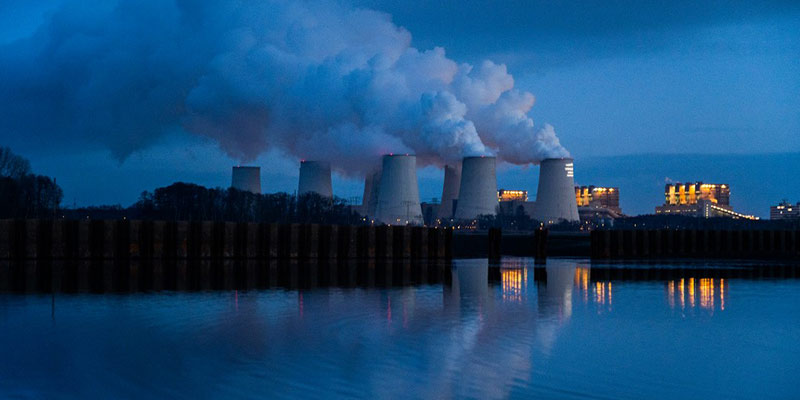- World
- Oct 23
Explainer / What is COP26?
Prime Minister Narendra Modi will attend the UN climate summit in Glasgow.
The COP26 UN Climate Change Conference, hosted by the UK in partnership with Italy, will take place from October 31 to November 12, 2021 in Glasgow, UK.
What is climate change?
Climate change is a long-term shift in weather conditions identified by changes in temperature, precipitation, winds, and other indicators. Climate change can involve both changes in average conditions and changes in variability, including, for example, extreme events.
The Earth’s climate is naturally variable on all time scales. However, its long-term state and average temperature are regulated by the balance between incoming and outgoing energy, which determines the Earth’s energy balance. Any factor that causes a sustained change to the amount of incoming energy or the amount of outgoing energy can lead to climate change. Different factors operate on different time scales, and not all of those factors that have been responsible for changes in Earth’s climate in the distant past are relevant to contemporary climate change.
Factors that cause climate change can be divided into two categories — those related to natural processes and those related to human activity.
Around the world storms, floods and wildfires are intensifying. Air pollution sadly affects the health of tens of millions of people and unpredictable weather causes untold damage to homes and livelihoods too.
What is COP26?
For nearly three decades the UN has been bringing together almost every country on Earth for global climate summits – called COPs – which stands for ‘Conference of the Parties’. In that time climate change has gone from being a fringe issue to a global priority.
This year will be the 26th annual summit – giving it the name COP26. With the UK as President, COP26 takes place in Glasgow.
In the run up to COP26 the UK is working with every nation to reach agreement on how to tackle climate change. More than 100 world leaders are expected to arrive in Scotland, alongside tens of thousands of negotiators, government representatives, businesses and citizens for twelve days of talks.
Significance of COP26
COP21 took place in Paris in 2015. For the first time ever, something momentous happened. Every country agreed to work together to limit global warming to well below 2 degrees Celsius and aim for 1.5 degrees Celsius, to adapt to the impacts of a changing climate and to make money available to deliver on these aims. The Paris Agreement was born.
Under the Paris Agreement, countries committed to bring forward national plans setting out how much they would reduce their emissions – known as Nationally Determined Contributions, or ‘NDCs’. They agreed that every five years they would come back with an updated plan that would reflect their highest possible ambition at that time.
Goals of COP26
1) Secure global net zero by mid-century and keep 1.5°C within reach: Countries are being asked to come forward with ambitious 2030 emissions reductions targets that align with reaching net zero by the middle of the century.
To deliver on these stretching targets, countries will need to:
• Accelerate the phase-out of coal
• Curtail deforestation
• Speed up the switch to electric vehicles
• Encourage investment in renewables.
2) Adapt to protect communities and natural habitats: The climate is already changing and it will continue to change even as we reduce emissions, with devastating effects. At COP26 countries affected by climate change should be encouraged to:
• Protect and restore ecosystems.
• Build defences, warning systems and resilient infrastructure and agriculture to avoid loss of homes, livelihoods and even lives.
3) Mobilise finance: To deliver on our first two goals, developed countries must make good on their promise to mobilise at least $100 billion in climate finance per year by 2020. International financial institutions must play their part and we need work towards unleashing the trillions in private and public sector finance required to secure global net zero.
4) Work together to deliver:
At COP26, countries must:
• Finalise the Paris Rulebook (the detailed rules that make the Paris Agreement operational).
• Accelerate action to tackle the climate crisis through collaboration between governments, businesses and civil society.
Why does limiting temperature rise to 1.5°C matter?
• At 2°C of global warming, there would be widespread and severe impacts on people and nature. A third of the world’s population would be regularly exposed to severe heat, leading to health problems and more heat-related deaths.
• Almost all warm water coral reefs would be destroyed, and the Arctic sea ice would melt entirely at least one summer per decade, with devastating impacts on the wildlife and communities they support.
• We cannot rule out the possibility that irreversible loss of ice sheets in Greenland and the Antarctic could be triggered, leading to several metres of sea level rise over centuries to come.
• At 1.5°C, the impacts would be serious, but less severe. There would be lower risks of food and water shortages, lower risks to economic growth and fewer species at risk of extinction.
• Threats to human health from air pollution, disease, malnutrition and exposure to extreme heat would also be lower.
• That is why every fraction of a degree of warming matters, and why we are dedicated to keeping the prospect of holding temperature rises to 1.5°C alive.
Manorama Yearbook app is now available on Google Play Store and iOS App Store



